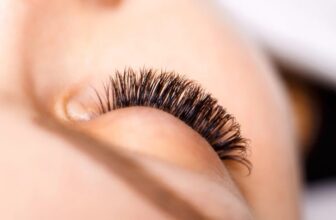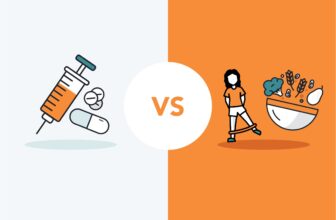How To Spot Eye Problems Before Blood Sugar Gets Out Of Hand
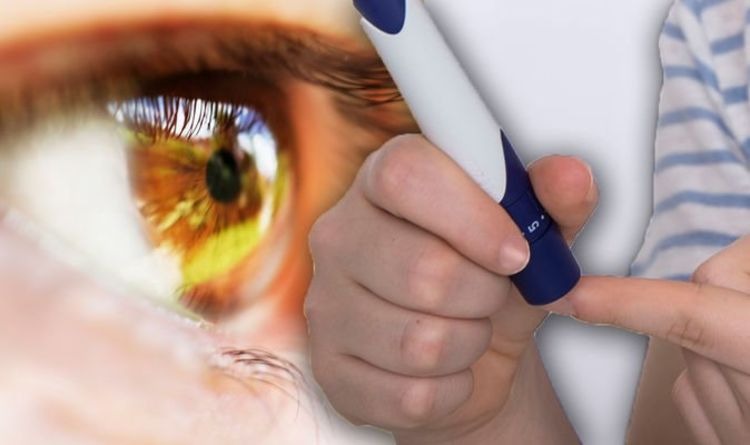
When your blood sugar rises, your vision often tells the story before your doctor does.
Eyes respond early to blood glucose changes, yet most people miss the subtle clues.
They dismiss tiredness, strain, or dryness as side effects of screen time, aging, or poor sleep. But behind those symptoms may be the start of vascular damage that, left unchecked, could cost you your sight.
Vision problems related to sugar shifts don’t appear overnight. They build slowly. That’s why spotting issues early matters.
Small symptoms signal that pressure is building inside fragile eye vessels, or that the retina isn’t getting the oxygen it needs.
With the right attention, care, and targeted support, you can act before the damage becomes permanent.
Key Highlights
- Subtle vision changes often come before serious blood sugar complications.
- Blurred or fluctuating vision can signal rising sugar levels.
- Night vision trouble may point to early retinal stress.
- Dry eyes and eye fatigue are more common with poor glucose control.
- Regular eye exams help detect damage long before symptoms appear.
Why Your Eyes React Early to Sugar Spikes
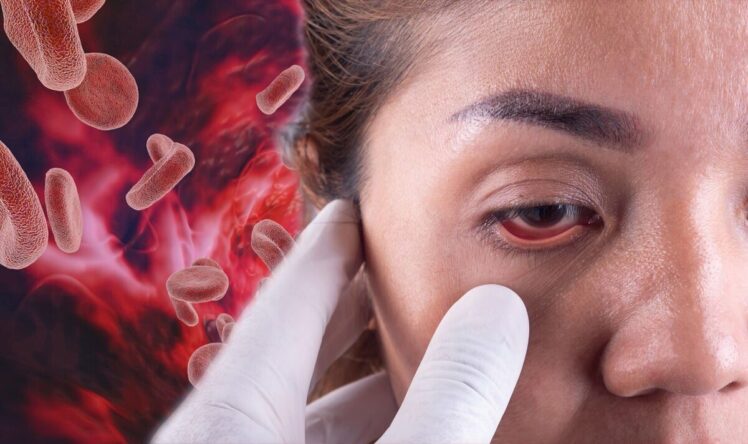
Source: express.co.uk
Your eyes are filled with tiny blood vessels and fragile tissues. That makes them one of the first areas to feel the effects when sugar levels go out of range.
Even small shifts in blood glucose can influence fluid levels in the eye, pressure inside the eye, and oxygen flow to the retina.
Before your blood sugar is high enough to trigger a diagnosis, your eyes might already be under stress. You may not notice it right away. But the signs are there.
Early Eye Symptoms That Should Not Be Ignored
Your vision can give you clues. The body often speaks in whispers before it starts screaming. Here’s what you might notice:
- Blurry vision: Comes and goes. Sometimes it’s worse after meals or in the morning.
- Eye strain: Screens feel harder to look at. Your eyes feel tired faster.
- Poor night vision: Lights seem harsher. Darkness feels more difficult to adjust to.
- Dry, itchy eyes: The surface of your eyes gets irritated. Tears feel insufficient.
- Floating spots or flashes: These should always be taken seriously.
Don’t assume it’s just screen fatigue or age. These are early signs of vascular stress inside your eyes.
Natural Support for Your Vision
When your eyes begin reacting to blood sugar shifts, they are already asking for help. This is where early intervention matters.
Many people turn to natural support alongside medical care. ZenLife is one example of a targeted eye health supplement. It combines ingredients like Astaxanthin and Panax Notoginseng to support eye circulation, reduce oxidative stress, and ease visual strain.
The right nutrients can play a role in protecting your retinal tissues and slowing down the damage before it escalates.
What an Eye Doctor Might Catch Before You Do

Source: progressiveeyecare.com
Even if your vision feels “fine,” an eye exam may uncover damage early. Trained specialists can detect:
- Slight swelling of the retina
- Tiny hemorrhages in blood vessels
- Fluid buildup behind the eye
- Increased pressure inside the eye
- Microvascular abnormalities
These changes are not always visible without advanced tools. That’s why comprehensive exams—not just vision tests—matter.
Schedule one at least once a year, more often if you’re at risk or already have sugar regulation issues.
Silent Progression: What Happens Without Action
Ignoring subtle vision changes can lead to major problems:
- Diabetic Retinopathy: Blood vessels leak, swell, and sometimes close off. Can cause blindness if untreated.
- Diabetic Macular Edema: Swelling near the center of your retina. Leads to central vision loss.
- Cataracts: Clouding of the lens. More common and appears earlier with sugar issues.
- Glaucoma: Pressure builds in the eye, damaging the optic nerve. Often without early symptoms.
By the time you notice something is truly wrong, the damage may be harder to reverse. Prevention isn’t a suggestion—it’s your best defense.
Key Habits That Help You Stay Ahead
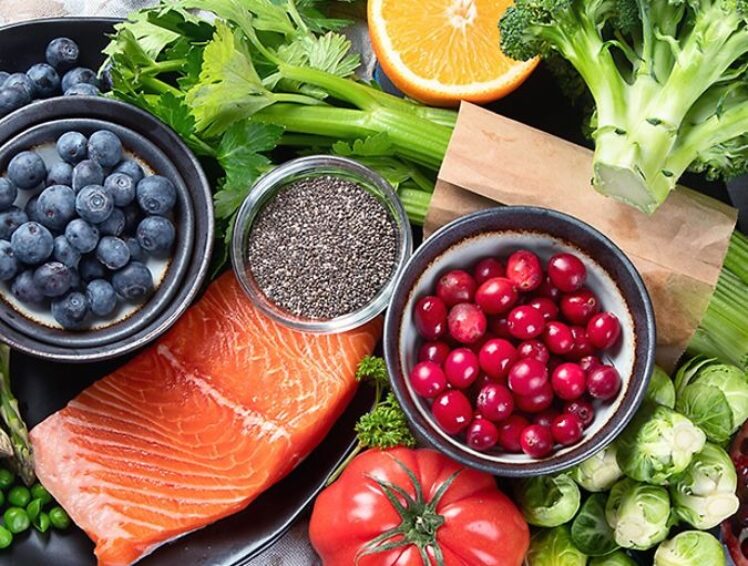
Source: visiondirect.ie
If you want to protect your vision, consistency matters. Focus on small actions that lead to long-term results:
- Track your sugar daily. Catch spikes before they linger.
- Eat for your eyes: green leafy vegetables, fatty fish, and berries.
- Stay hydrated. Your eyes need fluid balance, not just your skin.
- Get enough sleep. Poor sleep increases both sugar and eye strain.
- Give your eyes a break: 20 seconds every 20 minutes of screen time.
And don’t forget your supplements. Supportive compounds like Astaxanthin can bridge the gap when your diet falls short.
When to Take Action: Red Flags
If you notice any of the signs below, don’t wait. Make an appointment immediately:
- Sudden vision loss
- Severe eye pain
- Large floaters or flashes of light
- Vision distortion (straight lines appear bent)
- Eye redness with swelling or discharge
Acting fast can save your vision.
Protecting Your Vision Is Protecting Your Independence
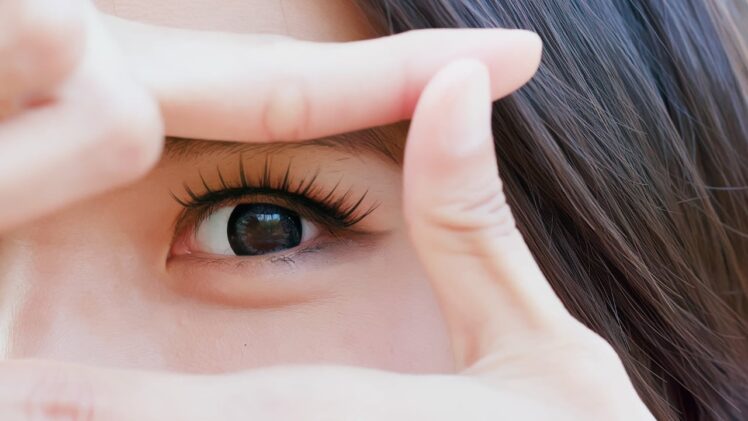
Source: moneycontrol.com
Losing your vision affects every part of your life. Work, relationships, safety—everything shifts. The good news? Most sugar-related vision damage develops slowly and can be slowed or even avoided.
Catch the signs early. Schedule those eye exams. And give your body the support it needs—internally and externally.
Final Thoughts
You don’t need perfect vision to know something’s off. If your eyes feel tired too often, if your focus fades more than it should, if night lights feel too bright—listen.
Your body warns you when blood sugar begins to take a toll. But it whispers first. If you wait for the shout, you’ve already missed your chance to act early.
Your eyesight is fragile, but not helpless. It responds to care, nourishment, and attention. The right tools—medical and nutritional—can give your eyes what they need to resist the pressure that sugar puts on them.
Don’t wait for things to get worse. Start protecting your vision now—before blood sugar turns small problems into irreversible loss.

